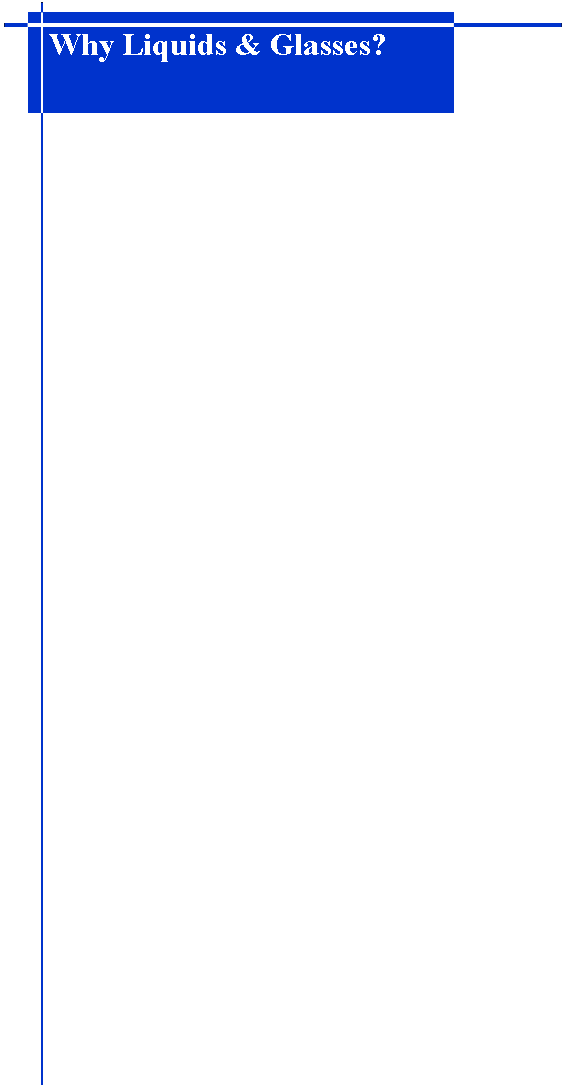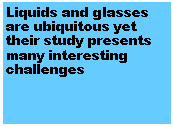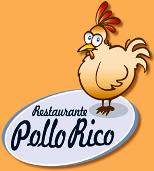|
A model of glassy SiO2 Yellow spheres represent Si and red spheres represent O |





|
Liquids and glasses are structurally disordered materials. This means that the atoms are not arranged regularly as in a crystal. Instead, there is ordering of the atoms on a short length scale (commensurate with the atomic size) but there is no well-defined relationship between the atomic positions on a large length scale. Glasses are formed by quenching a liquid on a time-scale that is sufficiently fast that the atoms have no chance of re-arranging into a crystalline form. Amorphous solids may also be formed by other methods (e.g. vapour deposition) but if they are not formed by quenching a liquid they are not referred to as glasses.
Liquids and glasses are ubiquitous and have an immense impact on our daily lives, ranging from the water we drink to telecommunications fibres. They are therefore of fundamental physical, biological and technological importance. Thanks to the inherent structural disorder, their microscopic features are, however, difficult to discern and their study presents many interesting experimental and theoretical challenges.
For example, the atomic interactions are rather different as according to whether the system is a metal, semiconductor or insulator. Also, the absence of symmetry means that the structure can only be described by taking statistical distributions of the particle positions. Further complications are introduced when compounds are formed by the mixture of different elements.
Our ultimate objective is to provide a fundamental understanding of a wide range of these materials by developing inter-atomic potentials which lead to a realistic description of both the position and motion of particles at the atomic level. To this end we apply a wide range of sophisticated experimental techniques to study the structure, thermodynamic and transport properties of liquid and amorphous metals and semiconductors, molecular liquids, aqueous and non-aqueous solutions, molten salts and inhomogeneous systems.
Some useful links: -
Institute of Physics, Liquids and Complex Fluids Group
|